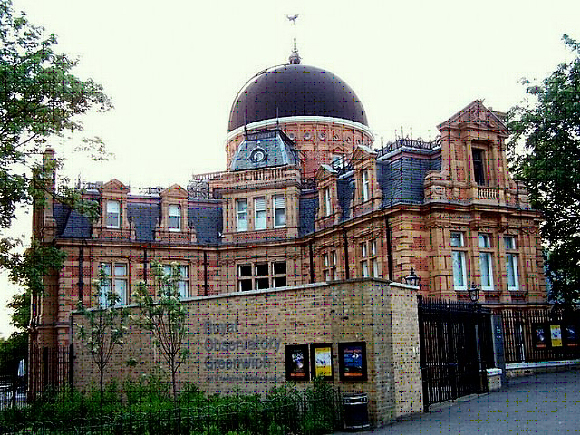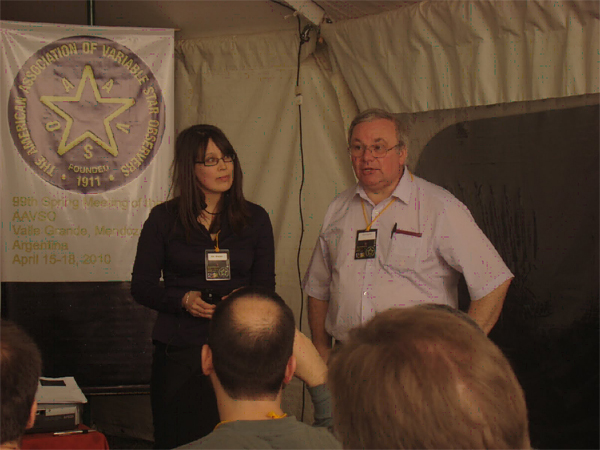Summarizing the Evidence for Dating the Cassiopeia A Supernova Event
John Flamsteed, First Royal Astronomer of the Greenwich Observatory, Greenwich, England.
The Greenwich Observatory
On 16 August 1680 Flamsteed catalogued a star, 3 Cassiopeiae, that later astronomers were unable to corroborate. Three hundred years later, the American astronomical historian William Ashworth published research suggesting that Flamsteed had observed a supernova, an event which would leave as its remnant the strongest radio source outside of the solar system, known in the third Cambridge (3C) catalogue as 3C 461 and commonly called Cassiopeia A by astronomers. Because the position of "3 Cassiopeiae" does not precisely match that of Cassiopeia A, and because the expansion wave associated with the explosion has been worked backward to the year 1667 and not 1680, some historians feel that all Flamsteed may have done was incorrectly note the position of a star already known. However, it is not inconceivable that John Flamsteed was the only observer of the Cas A event considering the accuracy of his instruments and the assumptions involved with the mathematical calculations for the expansion rate and the lack of knowledge of supernovas in general.

Lila Rakoczy and Martin Lunn
Martin Lunn, Yorkshire Museum, York, England and Lila Rakoczy, Huntsville, TX.
American Astronomical Society, AAS Meeting #218;
HAD 1, #3:25-1.
Few astronomical phenomena have been as studied as the supernova known as Cassiopeia A. Widely believed to have occurred in the latter half of the seventeenth century, it is also thought to have gone unrecorded. This paper will argue that Cas A did not go unobserved, but in fact was seen in Britain on May 29, 1630, and coincided with the birth of the future King Charles II of Great Britain. This ‘noon-day star’ is an important feature of Stuart/Restoration propaganda, the significance of which has been widely acknowledged by historians and literary experts. The argument here, however, is that in addition the historical accounts provide credible evidence for a genuine astronomical event, the nature of which must be explained. Combining documentary analysis with an overview of the current scientific thinking on dating supernova, the authors put forward their case for why Charles’ star should be recognized as a sighting of Cas A. Finally, it will be argued that a collaborative approach between the humanities and the sciences can be a valuable tool, not just in furthering our understanding of Cas A, but in the dating of supernovae in general.
NOTE: Rakoczy and Lunn have been awarded a grant from the Royal Astronomical Society (RAS) to further their research for dating the Cas A event. They anticipate renewing their research at the Yorkshire Museum in June, 2012.

Gisela Dreschhoff, Glacier National Park, 2009
Dr. Gisela A. M. Dreschhoff, Lawrence, KS.
American Astronomical Society, AAS Meeting #218, #333.12; Bulletin of the American Astronomical Society, Vol. 43, 2011
Within the framework of the U.S. Greenland Ice Core Science Project (GISP2), an ice core, known as the GISP2 H-Core, was collected in June, 1992 adjacent to the GISP2 summit drill site. The project scientists, Gisela A.M. Dreschhoff and Edward J. Zeller, were interested in dating solar proton events with volcanic eruptions. The GISP2-H 126.5-meter firn and ice core is a record of 430 years of liquid electrical conductivity (LEC) and nitrate concentrations, spanning the years 1992 at the surface through 1561 at the bottom. At the National Ice Core Laboratory in Denver, Colorado, the core (beneath the 12-meter firn) was sliced into 1.5 cm sections and analyzed. The resulting data set consisted of 8,002 individual analyses. The ultrahigh resolution sampling technique resulted in a time resolution of one week near the surface and one month at depth. The liquid electrical conductivity (LEC) sequence contains signals from a number of known volcanic eruptions and provides a dating system at specific locations along the core. The nitrate analyzed in very thin layers along the ice core show a seasonal background of terrestrial origin and a superimposed signature of individual nitrate variations. However, in some cases major nitrate anomalies within the record do not correspond to any known terrestrial or solar events. There is evidence that these nitrate anomalies could be a record of supernova events. Cosmic X-rays ionize atmospheric nitrogen, producing excess nitrate that is then deposited in the Polar Regions. The GISP2-H ice core has revealed nitrate anomalies at the times of the Tycho and Kepler supernovas. The Cassiopeia A supernova event may be documented in the core as well.
From The Astrophysical Journal
http://iopscience.iop.org/0004-637X/645/1/283/pdf/63988.web.pdf
Images of the Cas A remnant were used to explore the expansion and spatial distribution of the highest velocity debris within the remnant. Extrapolations of measured 9-month proper motions for 1,825 outer ejecta knots and a selected subsample of 72 bright and compact knots within the remnant suggest explosion dates of 1662 (plus or minus 27) and 1672 (plus or minus 18) respectively. There is evidence for non-uniform deceleration in different directions around the remnant and examining 126 knots among the least decelerated ejecta suggests a convergence date of 1681 (plus or minus 19).
Back to Ice Core Index


